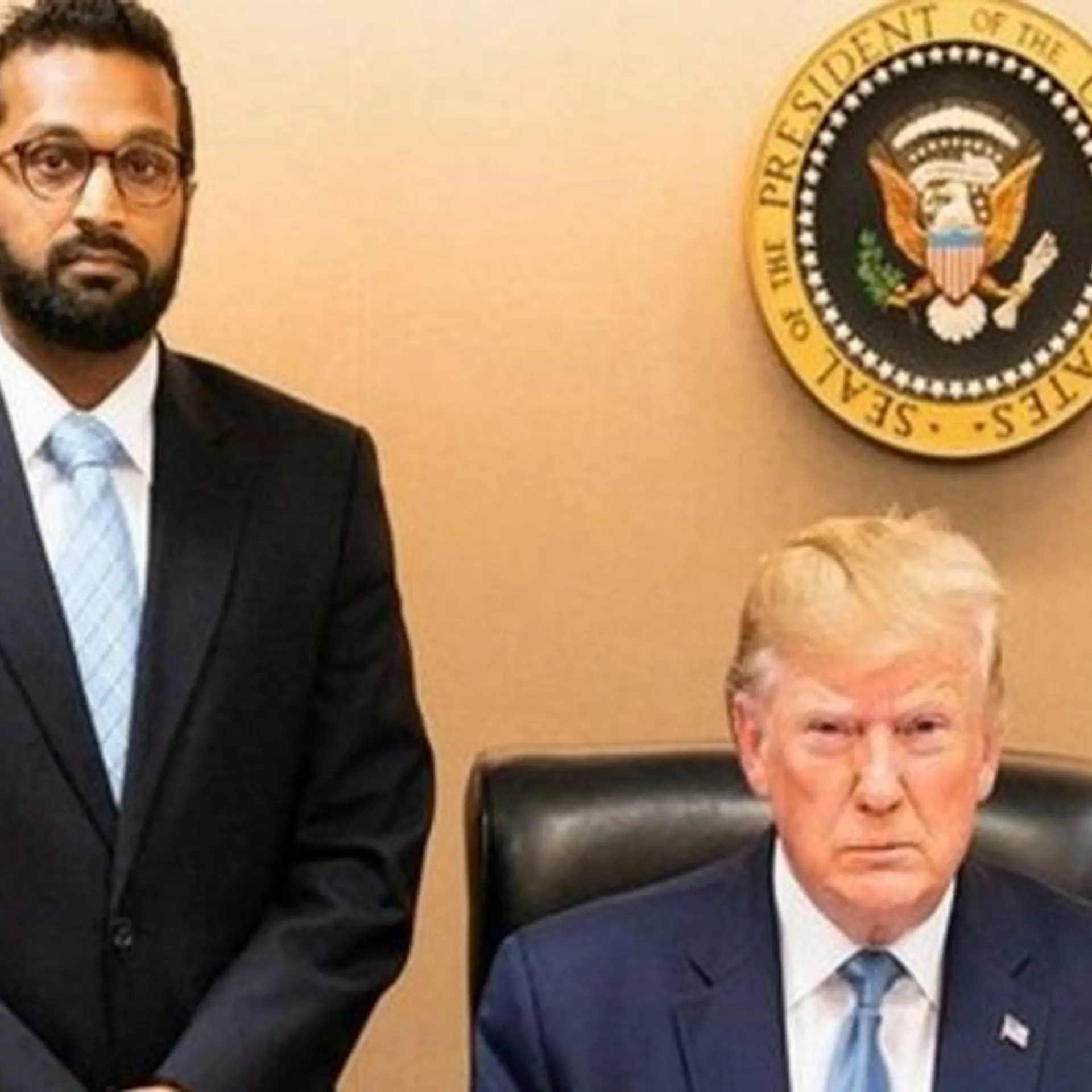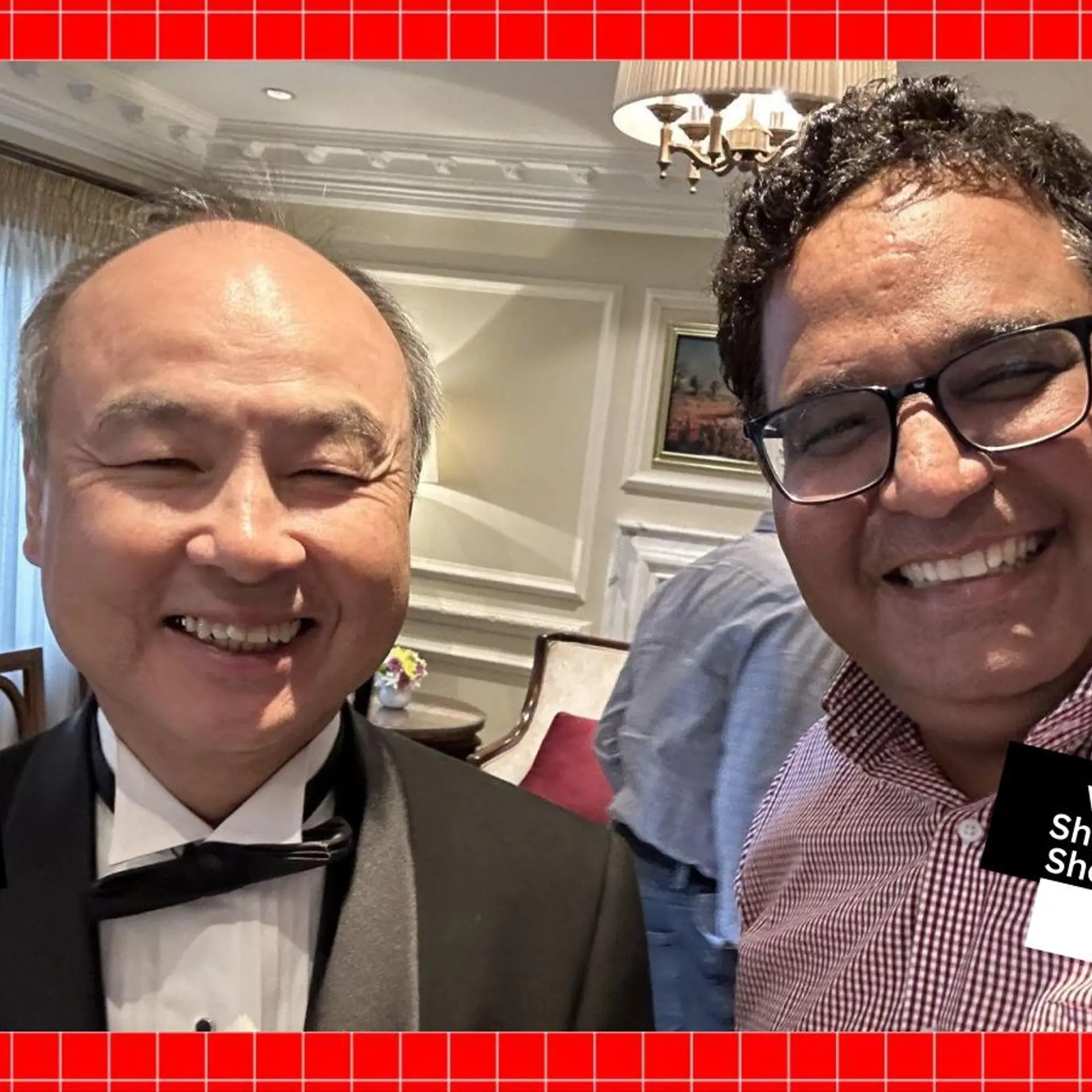

Why India needs more “Bijness Bhais” to get the MSME sector online
GO MSME, GET ONLINE
In the 21st century, being digital is synonyms with a business’ ability to grow. Now, imagine a country with a sector that accounts for 37% (non-agriculture) of its GDP[1] and employs 117 million people[2]. What if this sector had little or no online presence?
It is not hard to imagine the level of loss of opportunity and at the same time the untapped potential for growth that exists. This situation is a reality for India and the MSME sector comprising of 51 million units[2].
What do the statistics say?
According to a study by KPMG and Google, 68% of SMEs in India are completely offline and only 2% of SMEs are digitally enagaged[3]. As per a recent TRAI and BCG-Google study, India has 1.03 billion mobile subscriptions and 350 million internet users[4]. Given the numbers, creating a web presence and engaging with stakeholders online will significantly boost SME sales.
The benefits are not limited to the domestic market. MSMEs contribute to 43% of exports based on data maintained by Ministry of Finance[1]. Cross border e-commerce is expanding rapidly and an online presence provides low cost global reach and enhances credibility. Given the importance of exports to India’s economy, growing SMEs’ digital presence should be a top national priority.
Why MSMEs do not invest in an online presence?
In our experience at SME MaXX, MSMEs do not invest in their online presence for two main reasons. The first one is a lack of understanding of the full range of potential benefits that a high quality web presence might bring and the second is the unavailability of talent to create and maintain such a presence.
The MSME sector is generally highly conservative and operates through a network of relationships and referrals. Bringing about a change in the attitudes requires persuasive outreach campaigns to create awareness.
How is GoDaddy changing MSME attitudes to an online presence?
SME MaXX has been in the forefront of efforts to persuade MSMEs to establish their independent online presence. What has helped us the most in changing MSME attitudes recently, is a series of campaigns by GoDaddy. The GoDaddy campaigns have been successful mainly because they speak the MSME language and bring forth the advantages of a web presence like never before.
As a template for creating future awareness campaigns among SMEs, we have analysed the key messages conveyed by their most popular creatives.
-> The first set of commercials targeted the older age group of the MSME owners, GoDaddy came up with a series of creatives, using the popular Bollywood star, Mithun Chakraborty.
The first creative with Mithun drove home the role of a web presence in attracting new customers and the second one highlighted the potential for business to operate 24X7.
-> The second set of commercials targeted both the elder generation of MSME owners as well as the rebellious new generation, setting up their own ventures or joining their family business.
For the first creative they managed to achieve the objective by juxtaposing an old popular Bollywood track with a modern tattoo business
For the second creative, they used the ubiquitous visiting card, which the old generation venerated and incorporated a twist about how incorporating details of a web presence could help in growing the business.
-> Their latest campaign of ‘Bijness Bhai’ (business mentor) roped in MS Dhoni, one of India’s favourite cricketer. Cricket is a sport that spans generations in India, appealing to both the young and old alike.
As per Nikhil Arora, Managing Director and Vice President, GoDaddy India, “MS Dhoni represents a true voice of India with a successful professional journey, as a cricketer and now as an entrepreneur”.
The creatives with Dhoni represent sharp and to the point advertising by targeting the day-to-day problems faced by SMEs.
The first creative highlights the potential of a web presence in helping a MSME target business opportunities nationally rather than being limited to a local area
The second creative is a message to traditional businesses about using a web presence to attract customers. The creative shows a crowded bazaar with foreigners in the background to emphasize the global business potential.
These latest creatives were published in vernacular languages, to maximize reach and effectiveness amongst the MSME population.
While we do not have data to understand the commercial impact of the campaigns to GoDaddy, we have noticed a perceptible change in the attitudes among the MSME and SME sectors in the last couple of years.
How the Government Can help:
Sometimes even commercial campaigns carry a message of national importance and address an issue of national priority. While it would not be possible for the government to favour a particular company, it would be very useful to pick up the messages in the GoDaddy campaign.
Relevant Government departments created a campaign on similar lines to drive home the importance of a web presence among MSMEs. Companies in the export sector should be the first target of this campaign.
Governments have huge resources at their disposal, which private companies cannot ever match. A ready example of the effectiveness of this approach is the creatives around Pulse polio campaign, launched by the health ministry. By prodding MSMEs to establish an effective online presence, the nation stands to benefit.
Authors:
Anand Bidarkar, Chief Operating Officer
Puneet Dhiliwal, Investment Banking Analyst
SME MaXX
Web: www.smemaxx.com ; Email: [email protected]
Notes:
[1] http://pib.nic.in/newsite/PrintRelease.aspx?relid=107296
[2] https://www.unido.org/sites/default/files/2017-10/WP_15_2017_.pdf
[3] Analysis of ITOPSTM Business 2016/ITOPSTM Business 2015 and primary data collection by Kantar IMRB
[4] Telecom Regulatory Authority of India (TRAI) May 2016 and Digital Payment 2020, BCG-Google study, July 2016






